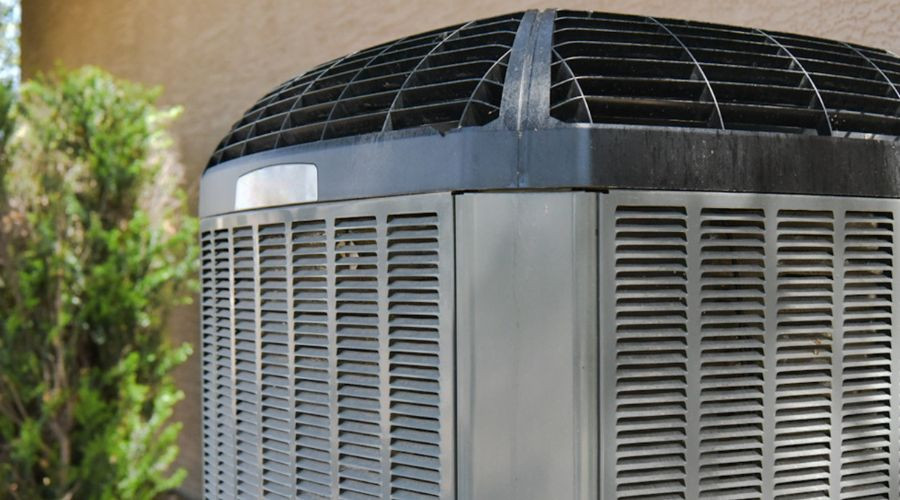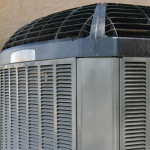Important AC Replacement Basics to Know
Replacing an outdated air conditioner can seem like a daunting task, especially during the peak summer heat. Hall’s Heating & Air shares essential insights to help homeowners in Pampa, TX, make informed decisions when upgrading their HVAC systems. A modern unit improves indoor comfort, reduces long-term costs, and eliminates the stress of constant repairs.
Signs to Replace an Air Conditioner
Recognizing the signs of a failing AC system can help prevent major breakdowns. One of the clearest indicators is age—most air conditioners begin to lose efficiency after 10-15 years, especially models manufactured before 2010, which often rely on outdated refrigerants.
An increase in energy bills suggests that the system is consuming more power than it needs to. According to Energy Star, replacing a decade-old AC unit can lower cooling costs by 20–40%, depending on the home’s size and usage.
Additional warning signs include frequent breakdowns, unusual noises, uneven indoor temperatures, high humidity, and refrigerant leaks. These issues signal that the system may no longer be able to perform efficiently, even with ongoing maintenance.
Advantages of Replacing an Old AC Unit
 Installing a new AC system brings several advantages. Higher SEER (Seasonal Energy Efficiency Ratio) ratings in modern units directly translate into energy savings. The Department of Energy notes that upgrading from an 8–10 SEER system to a 14–22 SEER model can significantly reduce annual cooling costs.
Installing a new AC system brings several advantages. Higher SEER (Seasonal Energy Efficiency Ratio) ratings in modern units directly translate into energy savings. The Department of Energy notes that upgrading from an 8–10 SEER system to a 14–22 SEER model can significantly reduce annual cooling costs.
New systems also reduce the likelihood of costly repairs and offer improved airflow, more consistent temperatures, and quieter operation. Many include advanced air filtration features that improve indoor air quality—an added benefit for households with allergies or respiratory sensitivities.
In addition, replacement provides an opportunity to ensure the system is properly sized for the property. A correctly sized unit improves temperature control and humidity regulation while minimizing energy waste.
Choosing a Type of AC System
 Selecting the right air conditioning system involves evaluating the home's layout and the presence or absence of existing ductwork. Most residential cooling installations fall into one of two categories: central air conditioning or ductless mini-split systems.
Selecting the right air conditioning system involves evaluating the home's layout and the presence or absence of existing ductwork. Most residential cooling installations fall into one of two categories: central air conditioning or ductless mini-split systems.
Central air systems remain a preferred option for homes already equipped with ductwork. These systems distribute cooled air from a central unit through duct channels to various rooms, creating a uniform temperature throughout the home. This method typically yields lower upfront installation costs when ductwork is already in place. However, energy efficiency can decline due to leaks or conduction losses within the duct network, which is common in older or poorly sealed systems.
In contrast, ductless mini-split systems require no ductwork, relying instead on individual indoor units connected to an external compressor. Each unit serves a specific zone, allowing precise temperature control and increased efficiency. Though more expensive to install, especially in larger homes with multiple zones, mini-splits avoid the energy waste associated with ducts. Their targeted operations often lead to significant long-term savings of up to 40% in energy reduction, making them ideal for smaller homes, additions, or energy-conscious renovations.
About Hall’s Heating & Air
Hall’s Heating & Air has been delivering dependable service to homes and businesses across the Texas Panhandle for over 40 years. Known for expert craftsmanship and trusted results, the company’s skilled technicians specialize in residential and commercial HVAC solutions. With a commitment to quality, transparency, and customer satisfaction, Hall’s continues to set the standard for reliable comfort year-round. Call them to book an appointment for air conditioner replacement services in Pampa, TX!



